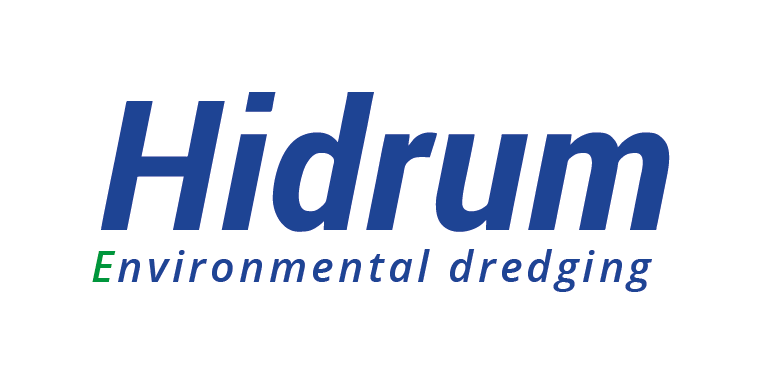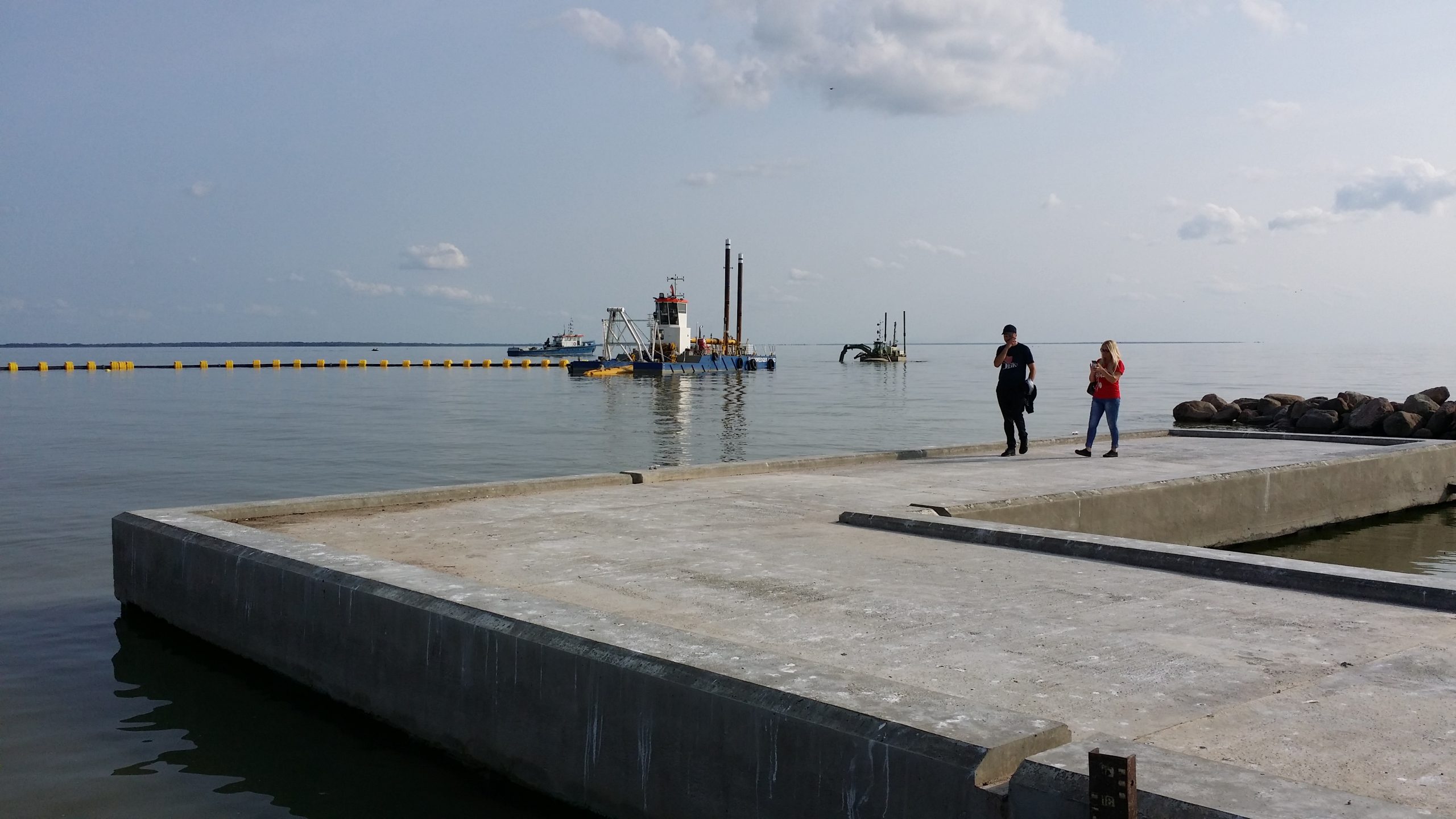What is dredging of water bodies?
Water dredging is the process of removing sediment, debris, and other materials from bodies of water such as rivers, lakes, harbours, and canals. It involves dredging and removing accumulated sediments to maintain or restore the desired water depth and navigability.
The primary purpose of dredging is to improve water flow, prevent flooding, and improve the overall functionality of a canal, pond, or other body of water. Over time, sediment such as silt, sand, and gravel accumulate, reducing the width of water channels and obstructing navigation. Dredging helps remove this sediment, ensures adequate water depth for ships and boats, and enables safe and efficient navigation.
Dredging of waterways is often required for the maintenance and construction of ports and marinas. This allows for the creation and expansion of navigation channels that allow ships to reach ports. Dredging is used to remove debris, aquatic vegetation and other obstructions that impede marine traffic.
Dredging water bodies also plays a significant role in contributing to environmental protection, as when excess sediment is removed, water quality is maintained by reducing the presence of pollutants in the water. This improves the health of aquatic ecosystems, promotes biodiversity, and preserves the habitats of various species.
How is the dredging of the bottom of the reservoirs done?
We specialize in the dredging of water bodies using the advanced multi-functional “Watermaster Classic dredger”. Dredging plays a significant role in maintaining adequate water depth, improving water flow, and ensuring the functionality of a harbour, river, lake, canal, or other pond. With more than 15 years of experience working with multipurpose dredges, our “Watermaster Classic” offers comprehensive dredging solutions that are tailored to the specific needs of each project.
The “Watermaster Classic” multipurpose dredger has unique capabilities for dredging in a variety of environments. With a variety of attachments and tools, the backhoe can excavate sediment, remove debris, and restore water bodies to the desired depth.
The process of dredging the bottom of water bodies begins with the study of the water body. Our team of professionals evaluate factors such as sediment type, water depth, environmental considerations, and project objectives to develop the optimal dredging strategy.
The “Watermaster Classic” multipurpose dredger can be used to reach difficult areas of the water body, to move in shallow or closed water areas. The technology we use ensures minimal negative impact on the surrounding environment, as it is designed with eco-friendliness in mind. Additionally, throughout the dredging process, our team monitors, and controls environmental indicators to minimize potential impacts to water quality. We prioritize environmentally friendly practices to preserve the balance of the aquatic environment.
With years of experience using the “Watermaster Classic” for dredging, we offer efficient, accurate and sustainable solutions for maintaining and improving water bodies. Our commitment to quality, safety and environmental protection ensures that every dredging project is conducted to the highest standards, contributing to the long-term well-being and functionality of the water body. We clean water bodies from past pollution, human economic activity, and the natural aging process.


